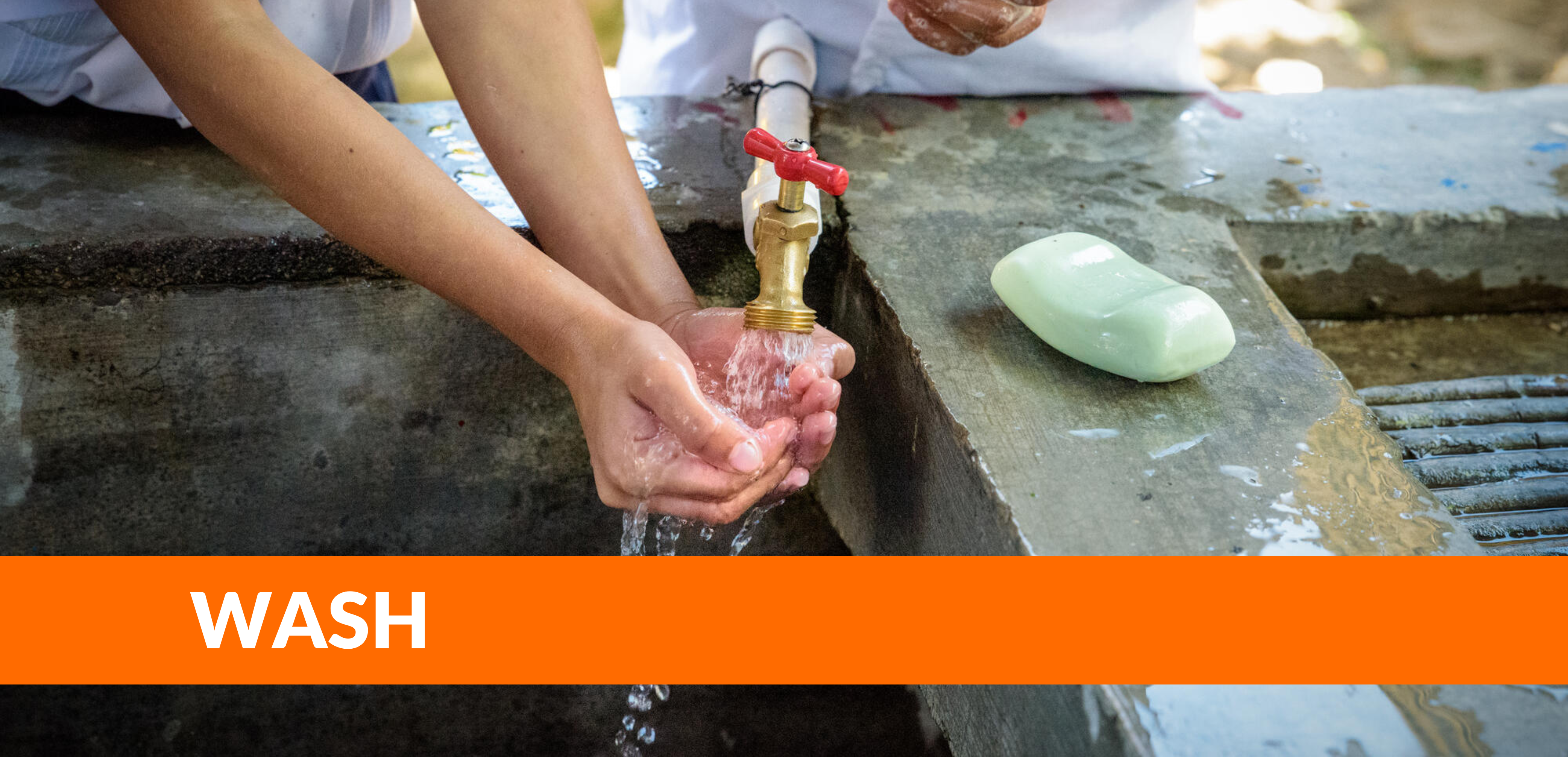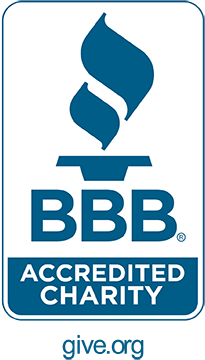Menstrual health affects an estimated 1.9 billion women and girls ages 15 to 49, although others outside this group are also directly or indirectly affected. However, menstruation is often a taboo topic that is insufficiently prioritized, leading to a lack of education, inadequate infrastructure, improper management of hygiene materials, and an overall stigma surrounding it.
Multiple studies have found knowledge gaps surrounding many aspects of menstruation among school-age girls. Improper disposal of menstrual hygiene materials directly affects the functioning of sanitation systems, and reusable materials that are improperly cared for can cause infections and other adverse health outcomes. However, menstrual hygiene management (MHM) behaviors are not driven simply by appropriate knowledge. A systematic review of behavioral drivers of menstrual hygiene material disposal and washing found that these behaviors were primarily driven by the physical state of sanitation facilities. This includes quantity and design of available toilets/latrines, quality and availability of running water, availability of soap, and availability of a disposal mechanism—all indicating that access to proper facilities is a major barrier. Operation and management of facilities are critical to their sustained function and can inhibit proper MHM behaviors when they are inadequately cleaned or maintained.
Social perceptions of menstruation also play a significant role in women’s and girls’ ability to properly manage their periods, and these perceptions often limit availability of equitable education. The stigma surrounding menstruation leads many women and girls to experience embarrassment, shame, and fear. The recently developed definition of menstrual health takes these factors into account, not simply focusing on physical health but including the mental and social well-being of women and girls in relation to their menstrual cycles.





